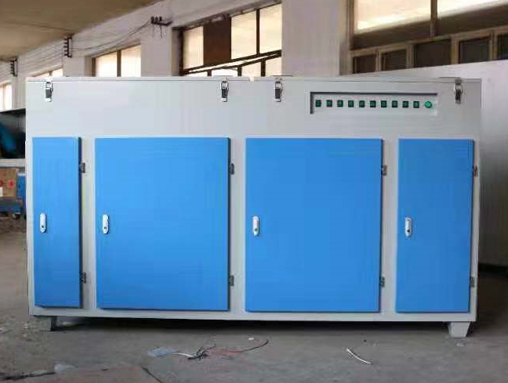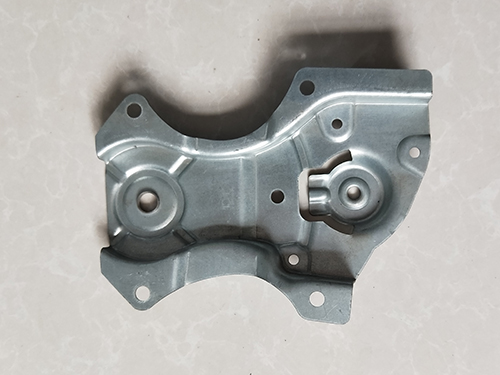Principles of Stamping Design
(1) The designed stamping parts meet the requirements of product usage and technical performance, and are easy to assemble and repair.
(2) The design of stamping parts is beneficial for improving the utilization rate of metal materials, reducing the variety and specifications of materials, and minimizing material consumption as much as possible. If possible, use inexpensive materials to achieve zero waste and minimal waste cutting of parts.
(3) The designed stamping parts have a simple shape and reasonable structure, which is conducive to simplifying the mold structure and reducing the number of processes. This means that the entire part can be processed with fewer and simpler stamping processes, reducing the need for other methods of processing. It is also conducive to stamping operations, facilitating the organization to achieve mechanization and automation production, and improving labor productivity.
(4) The designed stamping parts should have lower requirements for dimensional accuracy and surface roughness levels as much as possible under normal use, and be conducive to product interchangeability, reducing waste and ensuring stable product quality.
(5) The designed stamping parts should be conducive to processing them using existing equipment, process equipment, and process flow as much as possible, and to extending the service life of the stamping die.







